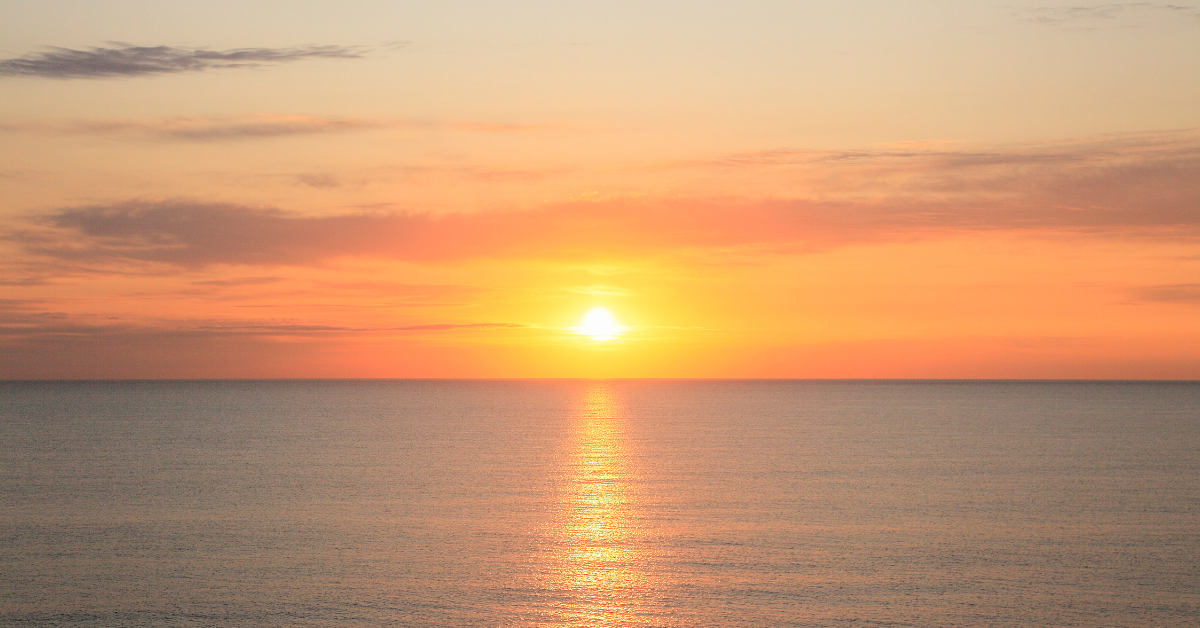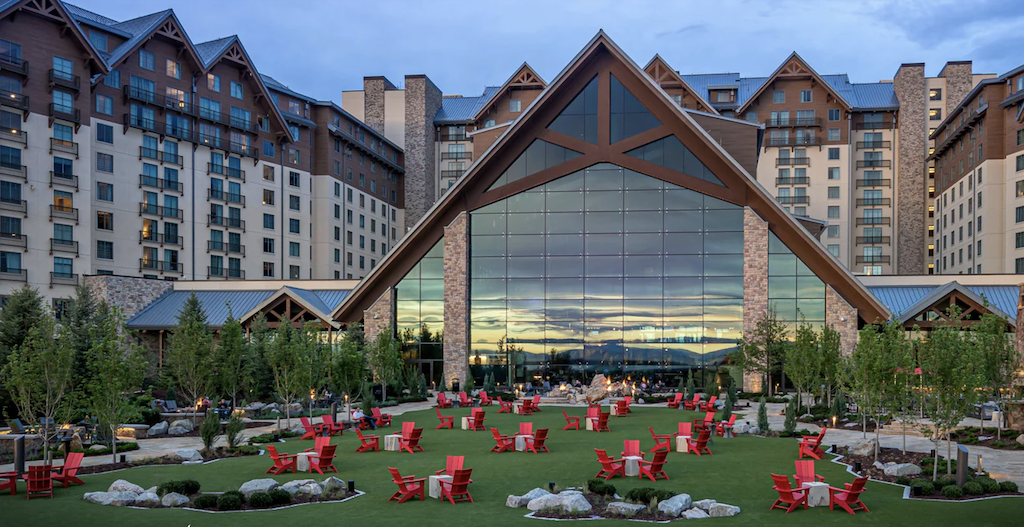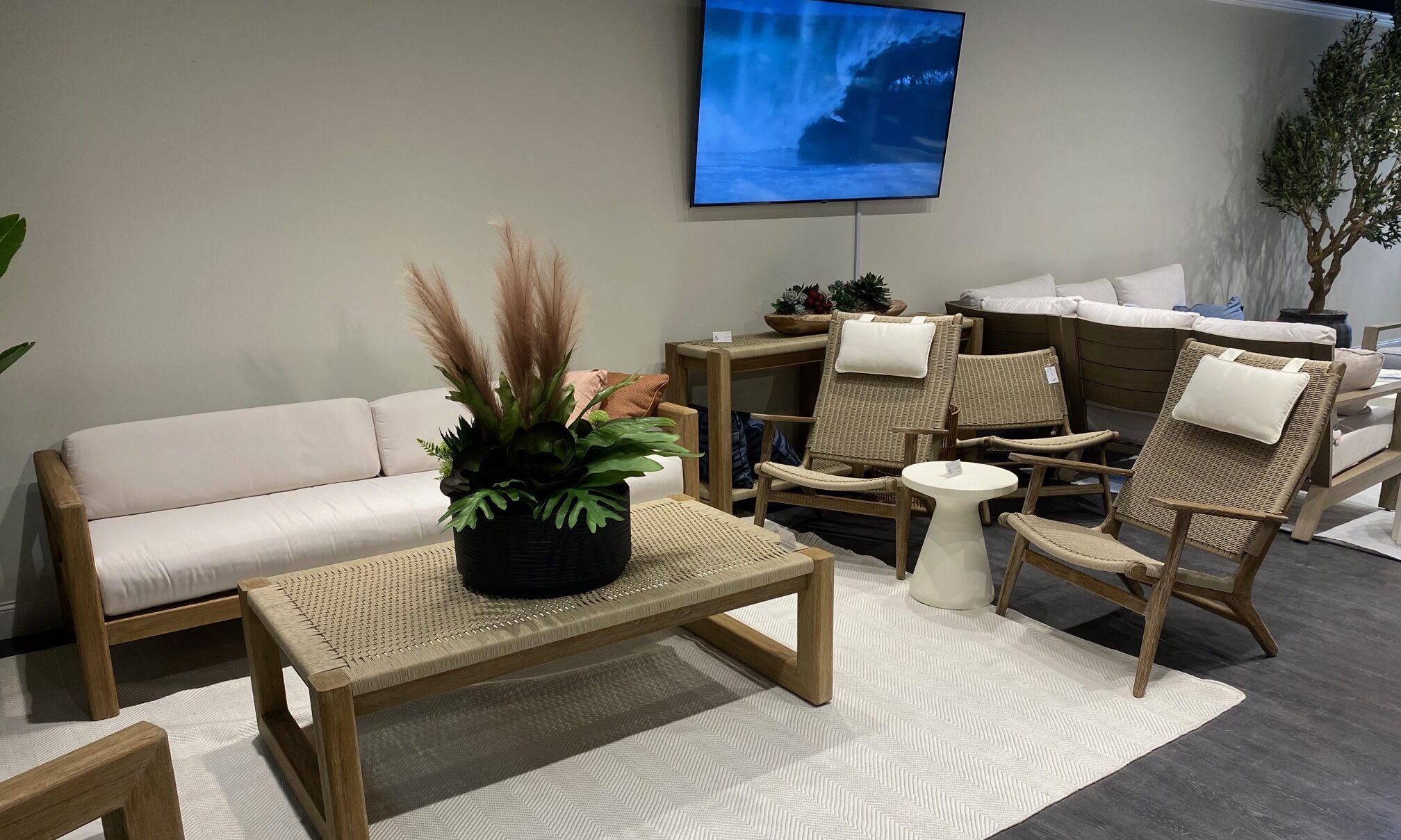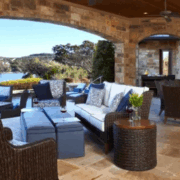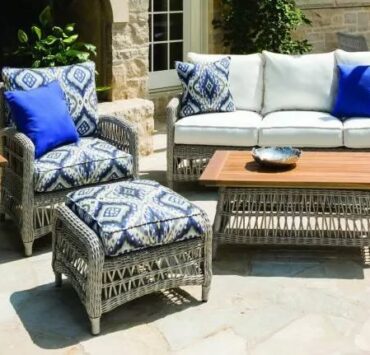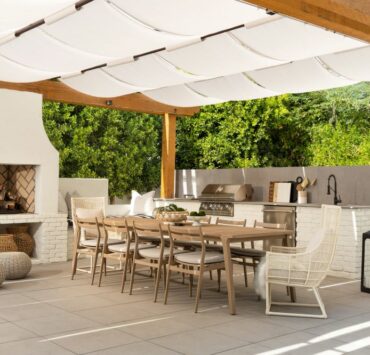As the casual industry prepares for the July edition of the Casual Market, a big question looms: What will this market be like?
Business conditions across the industry are tough — and that’s the entire home furnishings industry, not just outdoor. Freight rates are also going through the roof.
The industry fortunately had money to deal with increased rates last time because of increased demand. But now that business is down, freight rates could severely and negatively impact the industry. Manufacturers across the board are already implementing increases to cover costs.
Further, with the announcement that the market will officially take place in both July and September, it puts into question the value of the July market.
Years ago, the July edition was called the ICFA Preview Show and it was just that — a preview of products that retailers could see, think about and then order in September.
But with other economic factors at play, from seemingly permanent inflation to freight rate hikes and decreased retail foot traffic, people don’t have the time or funds to travel to a show solely to preview the product. They will choose one show to find what they need and call that their main market.
Wes Stewart, president of Sunset West, says he expects most people to come in September because July is not a good time for outdoor retailers to come to a market.
“I think September is going to be the market this year,” he explains. “If business is tough, and we’re in the height of the outdoor season, why would mom-and-pop retailers leave their stores? In my opinion, the shows should have been combined into one show in August so we could avoid this mess.”
He says that as an industry we are already spread too thin between the different major markets (High Point, Las Vegas, Atlanta), and having three markets in Atlanta alone is too many.
Tad Varga, president and owner of Three Birds Casual, also says he thinks the July market will have less traffic than September, with many larger organizations going to the summer show to avoid the bigger independent retailer crowd in the fall.
So is there a silver lining?
Varga explains that many retailers have worked through their backlog of inventory and are seeing the light on the other side.
“It seems like things have been reset for the most part,” he says. “I’ve spent 76 days on the road this year so far and from what I’ve seen, some areas in the country are doing very well and others have fallen off a plateau.”
Bew White, president and CEO at Summer Classics, says over 20 of his Summer Classics retail stores are up over 35% this month, which he says is not in line with wholesale numbers.
He says he’s putting his money on the September market this year.
Sarah Dooley, senior director of furnishings at Sunbrella, has similar sentiments.
“While the industry has been facing headwinds, we’re seeing many retailers begin to normalize their inventories, which has allowed more buying power for them,” she says. “There’s a desire for fabrics and products that feel fresh and unique, and as we prepare for July market, we expect to feel a renewed energy and a focus on designs that are particularly forward-thinking.”
She adds that having markets in both July and September allows customers to be agile. “As needs and demand evolve, the September market allows for the connection and flexibility to more immediately respond to market conditions over the months ahead.”
It’s difficult to pinpoint a specific time frame for when economic hardships may start to change, but Dooley says Sunbrella and many of it customers are cautiously optimistic about the months ahead.

